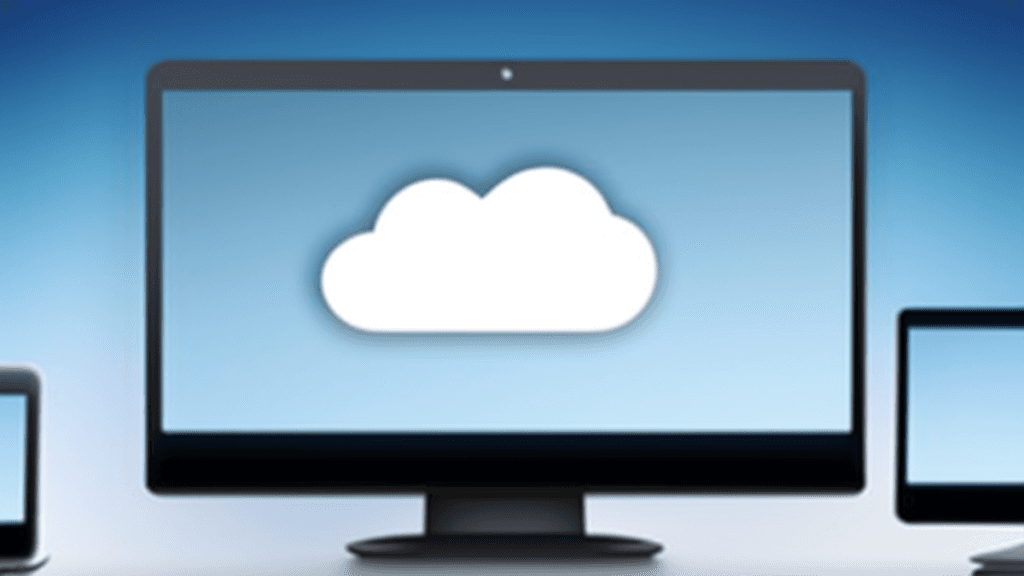Ditch the Cloud: How to reduce dependency on online services with your own personal file server
By Adama Brown,
When you buy through our links, we may earn an affiliate commission.
Maybe you’re worried about privacy with all the data breaches going on these days, or maybe you just want to rely less on the cloud and keeping your personal stuff on someone else’s computer. But how do you replace the convenience that so many cloud-based apps and services offer while still keeping your functionality?
When it comes to your personal online storage–media, photos, documents, backups, you name it–one option is to set up a home file server. This can allow you to have many of the benefits of cloud-based backups without the security risk.
The basics of creating a home file server
There are several ways to create a personal file server, depending on what you want to do with it. The most basic ways can be set up on your home computer with relatively little effort.
Windows and MacOS’ built-in SMB file sharing can provide access to space on your computer for other devices on the network. Under Windows, you simply have to right click on your chosen folder, select “Give Access To,” and choose “Advanced Sharing.” From there, you can enable that folder to be shared to the local network.


For MacOS, you can go to the system settings, choose File Sharing, and add your chosen folder to the list. Be sure that on either platform you enable both read and write access to make backing up your files easier.
Alternatively, if you want your home file server to be more media oriented, you can install an app on your computer like Universal Media Server. This enables your computer to provide a streaming media server on your network that can be accessed directly by smart TVs, allowing you to put home movies, music, and pictures right on the big screen effortlessly.
A home computer is going to be the most flexible option, but you might not want to leave it running 24/7 in order to have access to your files. Fortunately, there are other solutions. One, in fact, you may have already sitting in your home without knowing it.

Some WiFi routers nowadays include a built-in USB port that can be used to share devices or external hard drives to the local network. Examples include the budget friendly Netgear R6230, or the higher end TPLink AX5400. Both will not only share your WiFi, but also provide your own personal cloud storage when hooked up to an external hard drive.
If your router doesn’t have a USB port, and you don’t want to leave a computer running, you can add a NAS, or Network Attached Storage device, to your home network. This is not unlike an external hard drive with networking built in. They can range from simple models to very expensive office-level devices. But for the basic home or home-office user, something like the LinkStation 210 2TB NAS would cover all the standard needs.
So you have a shared folder or drive… Now what?
Many of the things you use cloud storage for can also be done locally. Automated backups, media storage, and more.
One thing that a lot of people find to be a “killer app” for cloud-based photo and video storage is automatic backups. If you ever happen to lose or damage your phone, it’s a comfort knowing that your photos aren’t irrevocably lost. Dropbox, iCloud, and Google Photos are popular for this, but a feature like that doesn’t necessarily require cloud storage.
With a local server, all you need is the right app on your device. FolderSync for Android and PhotoSync for Android and iOS are two such, offering convenient automatic backups to a main computer or network shared drive. PhotoSync even has a client for Windows and MacOS devices to let you make sure your photos are up to date everywhere.

Or maybe you want a more comprehensive backup solution. With shared folders or network attached storage, Windows and Mac devices can treat these just like they would a drive on the computer itself, allowing you to set automatic PC backups to be dropped onto your local server. Many Android and iOS backup apps have similar options.
Depending on the setup, you can also serve up photos and video to smart TVs as mentioned earlier. Even with a regular network drive, some platforms such as Samsung smart TVs or Chromecast with Google TV support loading media from a shared drive, letting you watch your own videos and photos on your biggest and best screen.
Accessing your files from anywhere
One big selling point of cloud services is being able to get at your files on the go. When you need that file on your computer to suddenly be on your phone, it’s hard to beat the convenience of online storage.
However, it’s not impossible to make your home file server accessible from the internet. Bear in mind of course that this entails security risks; anything which can be accessed can, theoretically, be hacked. It’s the age-old trade-off of convenience versus security.
But if you do want to do it, there’s a variety of options. Some routers with file-sharing built in can be configured to allow connections from the internet, as can some network attached storage devices.
Even without that, many routers have VPN options which allow you to connect up to your home network from anywhere. The exact options will depend on the brand of your router, its individual capabilities, and what you want to do.
All in all building your own home file and media server can be a bit of work, but it gives you vastly more control over your personal files and data than using a cloud-based service, more security, and options like directing your own media straight to your smart TV.

